Air Flow Meters
- Velocity: The speed at which air moves through a system.
- Volumetric Flow Rate: The volume of air moving through a system over time.
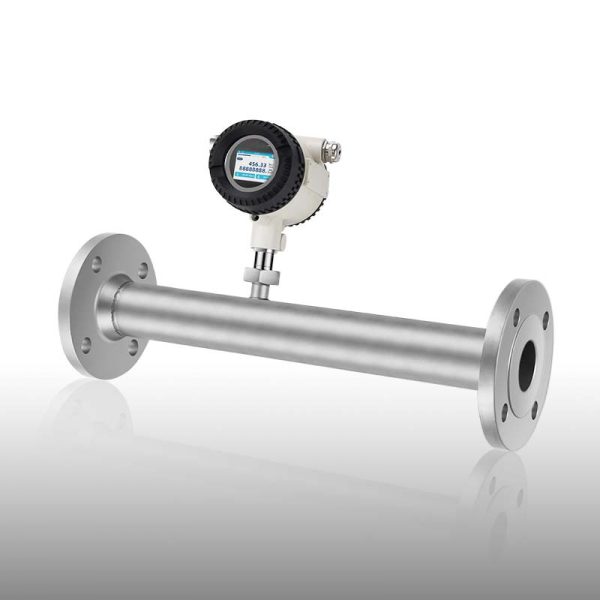
Explosion-proof Thermal Mass Flowmeter (MT212x-Ex)
- Ultra-wide 1:2500 turndown ratio
- The low measuring limit can reach 0.1 Nm/s
- Explosion-proof class: Ex db IIC T6 Gb / Ex tb IIIC T80°CDb
Accuracy
Standard: ±(1.5% RD + 0.3% FS) , Optional: ±1% RD
Measuring Range
0.06 to 2171 Nm³/h
Medium Temperature Range
-40 to 176°F (-40 to 80°C)
Max. Process Pressure
63 bar (913.74 psi)
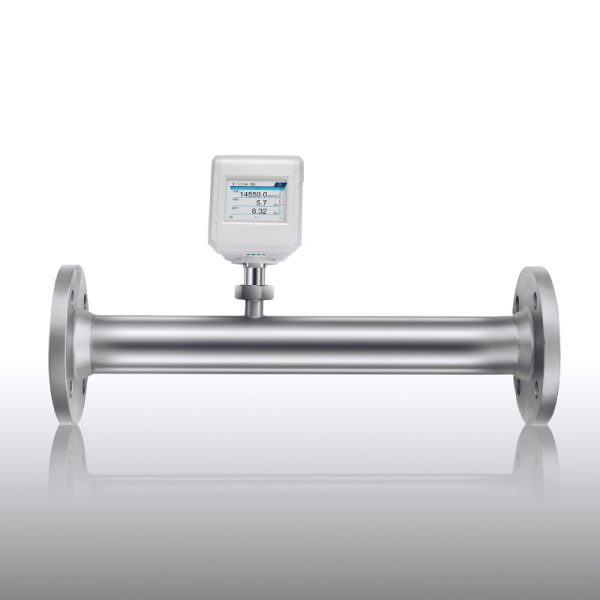
Premium Thermal Mass Flow Meter (MT212x)
- Eliminates zero point drift and provides highly accurate measurements.
- Mobile APP via Bluetooth to view data and do configuration remotely.
Accuracy
Standard: ±(1.5% RD + 0.3% FS) , Optional: ±1% RD
Measuring Range
0.06 to 2171 Nm³/h
Medium Temperature Range
-40 to 302°F (-40 to 150°C)
Max. Process Pressure
63 bar (913.74 psi)
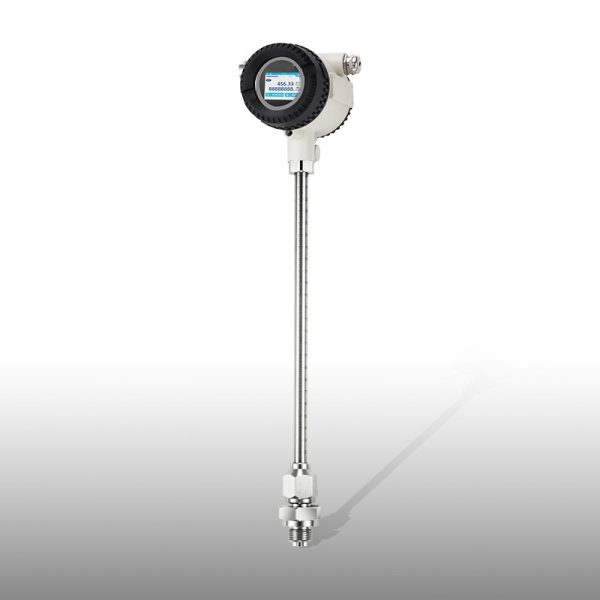
Insertion Explosion-proof Thermal Mass Flow Meter (MT211x-Ex)
- DN 20 to 300 (3/4″ to 12″)
- The measuring range is from 0.1 Nm/s to 250 Nm/s.
- Explosion-proof class: Ex db IIC T6 Gb / Ex tb IIIC T80°CDb.
Accuracy
Standard: ±(1.5% RD + 0.3% FS) , Optional: ±1% RD
Measuring Range
0.1 to 63617 Nm³/h
Medium Temperature Range
-40 to 176°F (-40 to 80°C)
Max. Process Pressure
63 bar (913.74 psi)
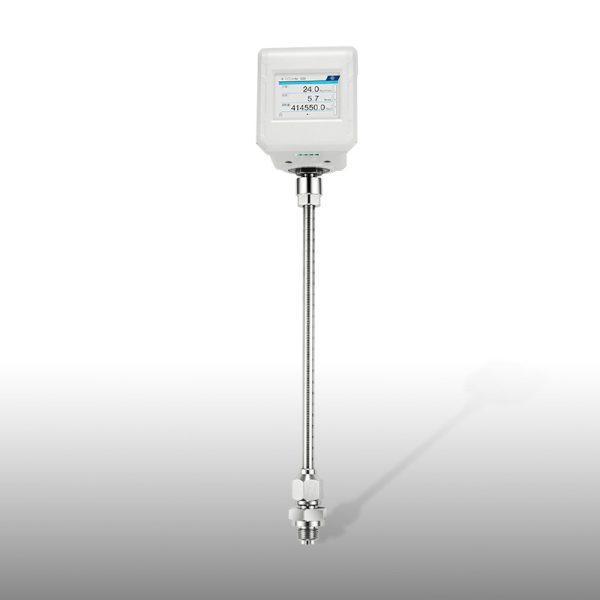
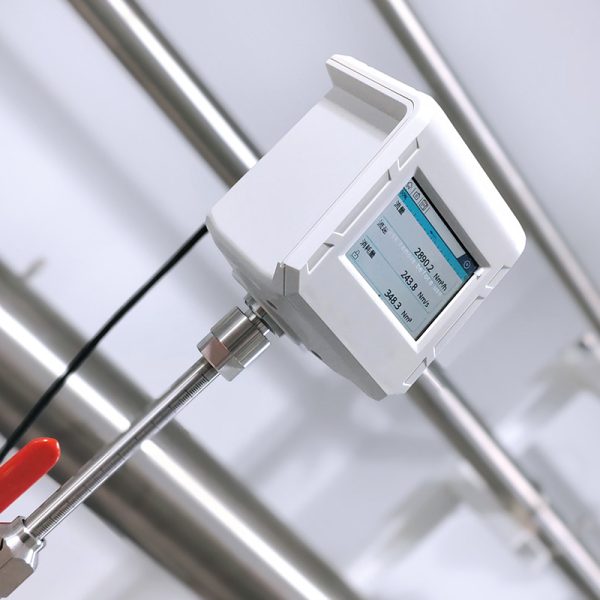
Premium Insertion Thermal Mass Flow Meter (MT211x)
- Ultra-wide 1:2500 turndown ratio
- DN 20 to 300 (3/4″ to 12″)
- The measuring range is from 0.1 Nm/s to 250 Nm/s.
Accuracy
Standard: ±(1.5% RD + 0.3% FS) , Optional: ±1% RD
Measuring Range
0.1 to 63617 Nm³/h
Medium Temperature Range
-40 to 302°F (-40 to 150°C)
Max. Process Pressure
63 bar (913.74 psi)
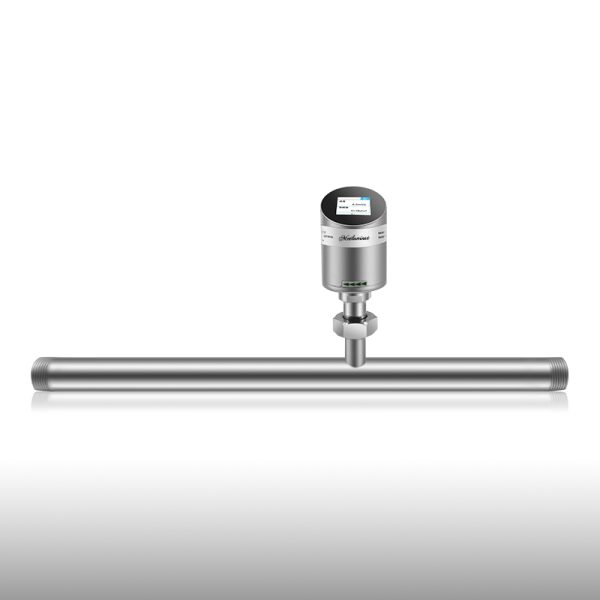
Thermal Mass Flow Meter (MT222x)
- Pipe Size: DN15 to 80
- Ultra-wide 1:2500 turndown ratio
- Eliminates zero point drift and provides highly accurate measurements.
Accuracy
Standard: ±(1.5% RD + 0.3% FS) , Optional: ±1% RD
Measuring Range
0.06 to 2171 Nm³/h
Medium Temperature Range
-40 to 302°F (-40 to 150°C)
Max. Process Pressure
63 bar (913.74 psi)
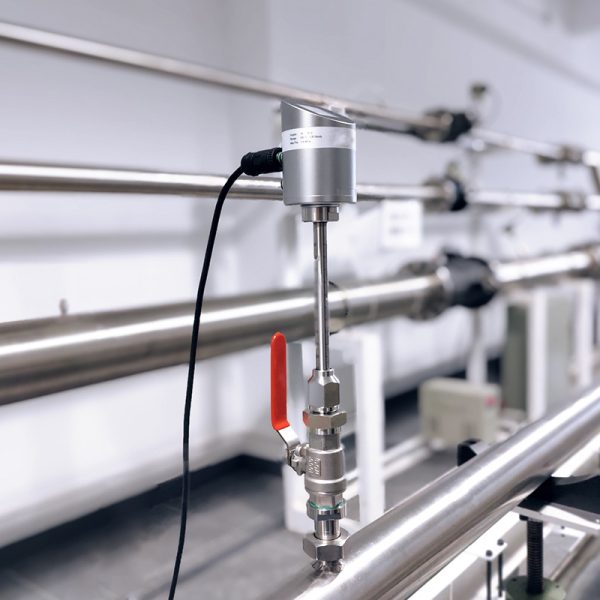
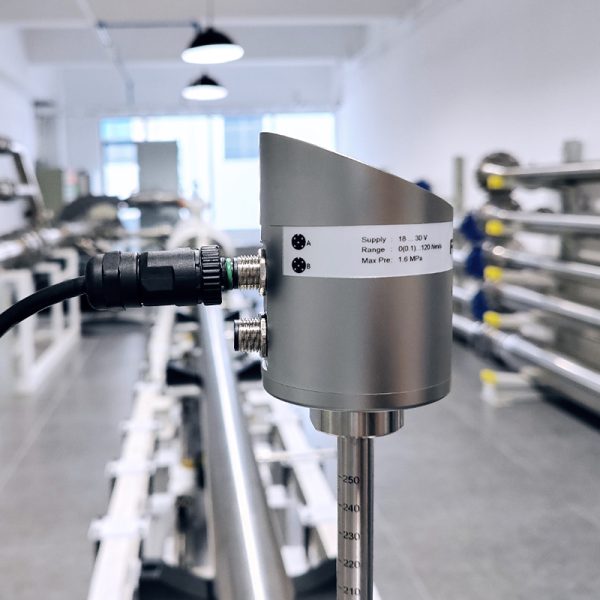
Insertion Thermal Mass Flow Meter (MT221x)
- Pipe Size: DN20 to 300
- Ultra-wide 1:2500 turndown ratio
- The measuring range is from 0.1 Nm/s to 250 Nm/s.
Accuracy
Standard: ±(1.5% RD + 0.3% FS) , Optional: ±1% RD
Measuring Range
0.1 to 63617 Nm³/h
Medium Temperature Range
-40 to 302°F (-40 to 150°C)
Max. Process Pressure
63 bar (913.74 psi)
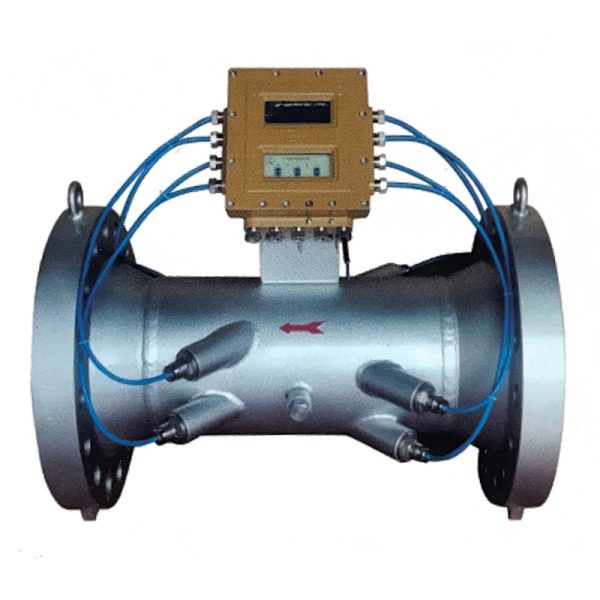
High Precision Ultrasonic Gas Flow Meter (MTS-LYNSB)
Accuracy
±0.5%; ±1%; ±1.5%
Measuring Range
1 to 11000 m³/h
Medium Temperature Range
≤65 °C (149 °F)
Max. Process Pressure
420bar (6090psig)
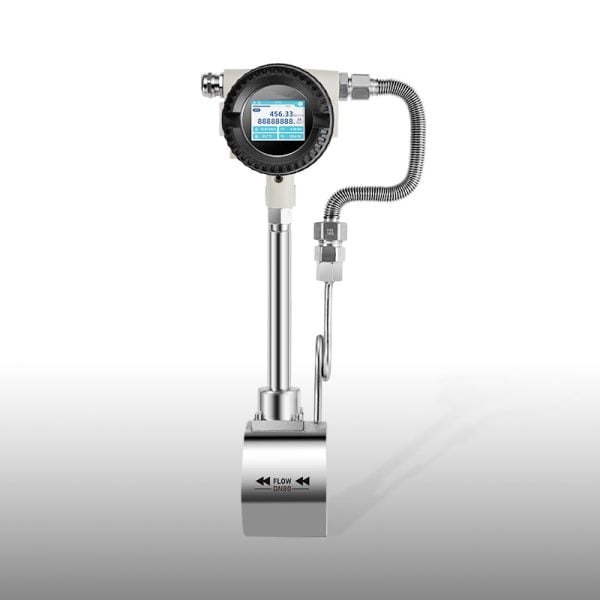
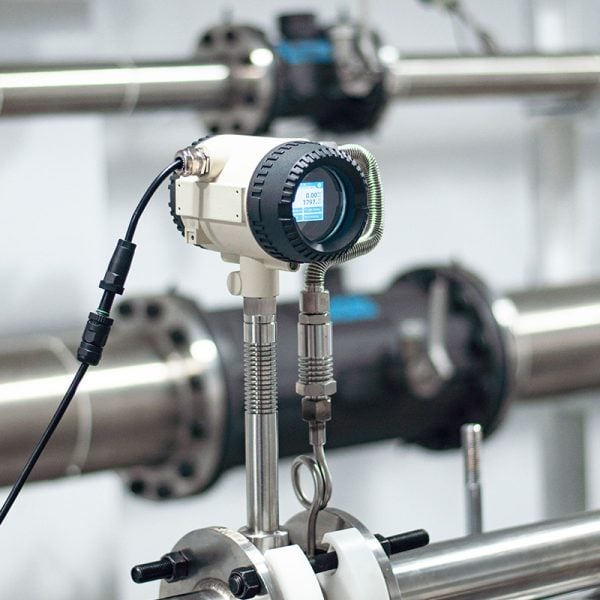
Steam Vortex Flow Meter Anti-vibration (LUGBMT-VS)
Accuracy
Liquid/Gas/Steam: ±1 %
Measuring Range
Steam/Gas: 3.5 to 20347.2 m³/h
Medium Temperature Range
Standard: –40 to +160 °C
High/low temperature (option): –180 to +350 °C
Max. Process Pressure
63 bar (913.74 psi)
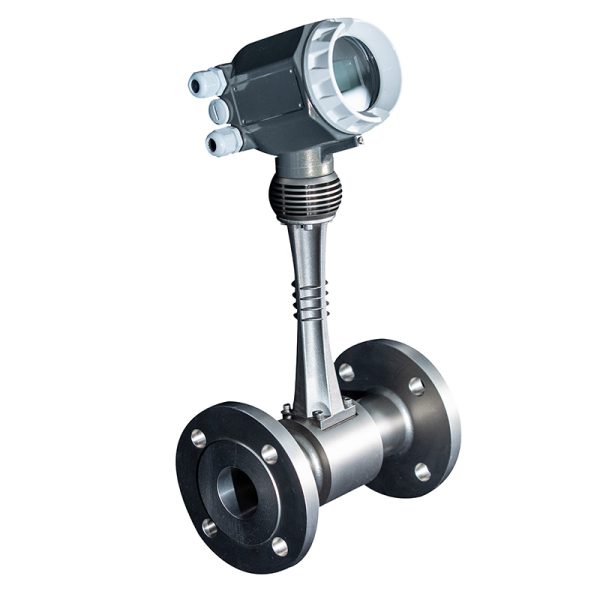
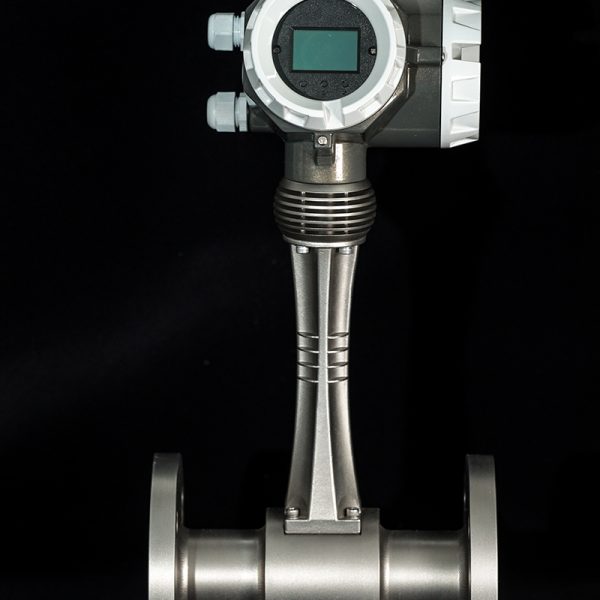
Vortex Flow Meters (LUGBMT-100)
Accuracy
Liquid/Gas/Steam: ±1 %
Measuring Range
Liquid: 0.8 to 3500 m³/h
Steam, gas: 5 to 18000 m³/h
Medium Temperature Range
Standard: –40 to +260 °C (–40 to +480 °F)
High/low temperature (option): –200 to +400 °C (–328 to +750 °F)
Max. Process Pressure
100 bar (1450.38 psi)
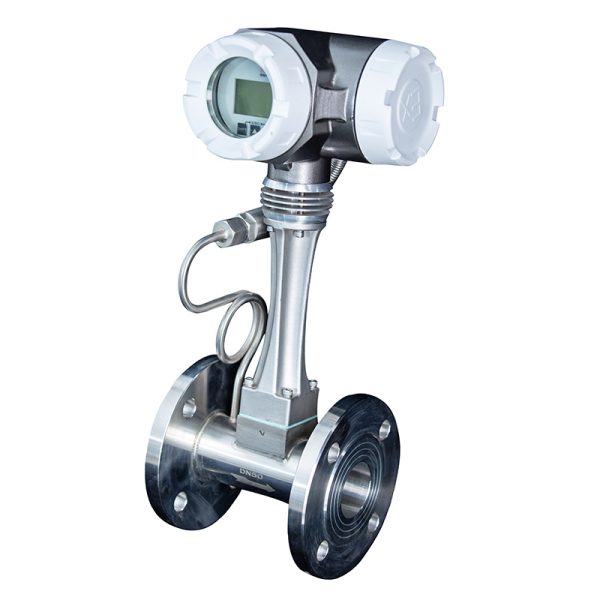
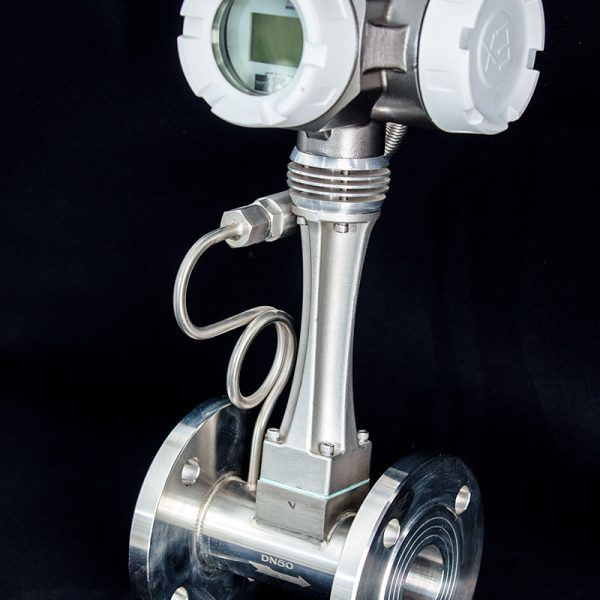
Vortex Flow Meters with Temperature and Pressure Compensation (LUGBMT-C)
Accuracy
Liquid/Gas/Steam: ±1 %
Measuring Range
Liquid: 0.8 to 3500 m³/h
Steam, gas: 5 to 18000 m³/h
Medium Temperature Range
Standard: –40 to +260 °C (–40 to +480 °F)
High/low temperature (option): –200 to +350 °C (–328 to +660 °F)
Max. Process Pressure
100 bar (1450.38 psi)
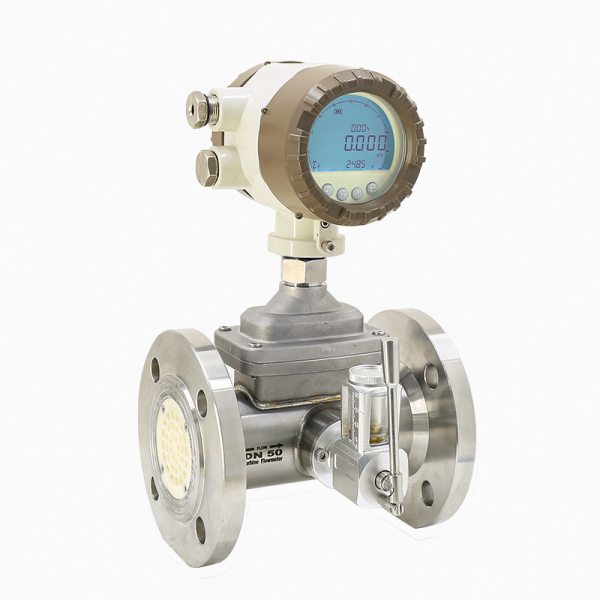
High Accuracy Turbine Gas Flow Meters (LWGYMT-ES)
Accuracy
±1.0%; ±1.5%
Measuring Range
4 to 13000 m³/h
Medium Temperature Range
standard: -25°C~+55°C (–13 to +131 °F)
Max. Process Pressure
63 bar (913.74 psi)
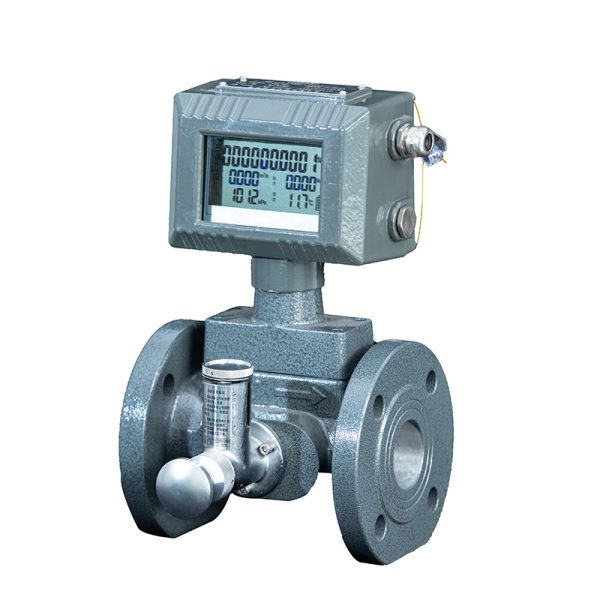
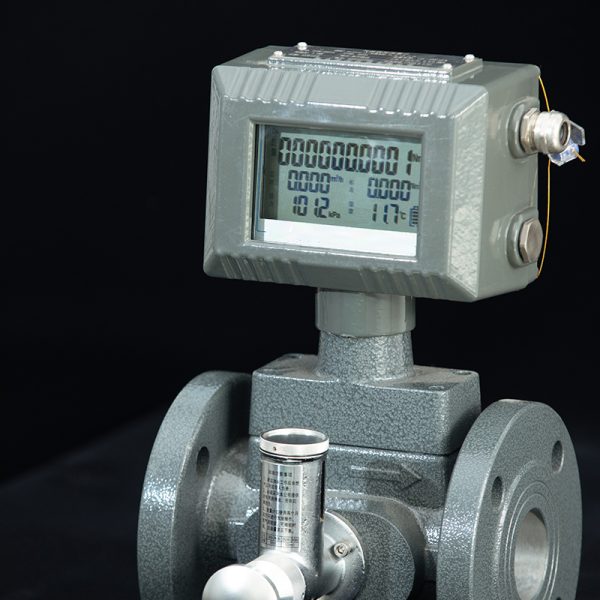
Gas Turbine Flow Meters\ (LWGYMT-G)
Accuracy
±1.5 %
Measuring Range
2 to 1000 m³/h
Medium Temperature Range
standard: -20 TO 120 °C (–4 to +248 °F)
Max. Process Pressure
63 bar (913.74 psi)
Factors to Consider When Choosing Air Flow Meters
-
Application Type
Different applications may require different types of air flow meters. For instance, industrial processes may necessitate robust meters that can handle high pressures, while HVAC systems might prioritize accuracy at lower flow rates. -
Flow Range
Understanding the expected flow range is essential. Some meters perform well at low flow rates, while others are suited for high-volume applications. Choosing a meter that can accurately measure within your system’s flow range is critical for reliable performance. -
Measurement Method
Different types of air flow meters use various methods to measure flow, such as differential pressure, thermal dispersion, or positive displacement. The choice of method can affect accuracy, installation requirements, and maintenance. -
Installation Environment
Consider the physical installation environment. Some flow meters are sensitive to temperature, pressure, or installation orientation. Ensure that the chosen meter can be integrated into your existing setup without significant modifications. -
Accuracy and Calibration
Accuracy is crucial, especially in applications involving energy monitoring, emissions control, or billing. Evaluate the accuracy specifications of the flow meter and consider how often calibration will be necessary. -
Maintenance Requirements
Different flow meters have varying maintenance needs. Some require regular servicing, while others are designed for minimal upkeep. Understanding the maintenance requirements can help you avoid unexpected downtime. -
Budget
While high-precision flow meters offer better performance, they often come at a higher price. It’s essential to weigh the cost against the benefits to determine the best fit for your budget.
Recommended Types of Air Flow Meters
| Air Flow Meter Types | Best for | Pro. | Cons. |
|---|---|---|---|
| Thermal Mass Air Flow Meters | Low to moderate flow rates, clean air applications |
|
|
| Air Vortex Flow Meters | Fluctuating flow rates, industrial applications with moderate impurities |
|
|
| Gas Turbine Flow Meters | High flow rates, clean air applications |
|
|
Choosing the Right Air Flow Meters for Your Application
-
For HVAC systems
Thermal mass flow meters are excellent for accurate measurement of low to moderate air flows, while ultrasonic meters provide flexibility and non-intrusive installation. -
For industrial applications
Differential pressure or vortex flow meters are preferred for their robustness and ability to handle varying flow rates. -
For precise billing or monitoring
Positive displacement meters offer the accuracy needed for low flow applications, especially in gas billing scenarios. -
For clean air applications
Ultrasonic flow meters are the best choice, providing non-intrusive measurement without contact with the air stream.
Selecting the right air flow meters involves understanding the specific requirements of your application, including flow range, accuracy, installation environment, and budget. Thermal mass flow meters, differential pressure flow meters, vortex meters, positive displacement meters, ultrasonic meters, and gas turbine flow meters each have unique advantages and limitations, making them suitable for different contexts.
By carefully evaluating your needs and considering the pros and cons of each type, you can choose an air flow meter that optimizes performance, enhances efficiency, and ensures accurate measurement over time. Whether you’re working in HVAC, industrial, or commercial settings, making an informed choice will lead to better system management and energy savings.
